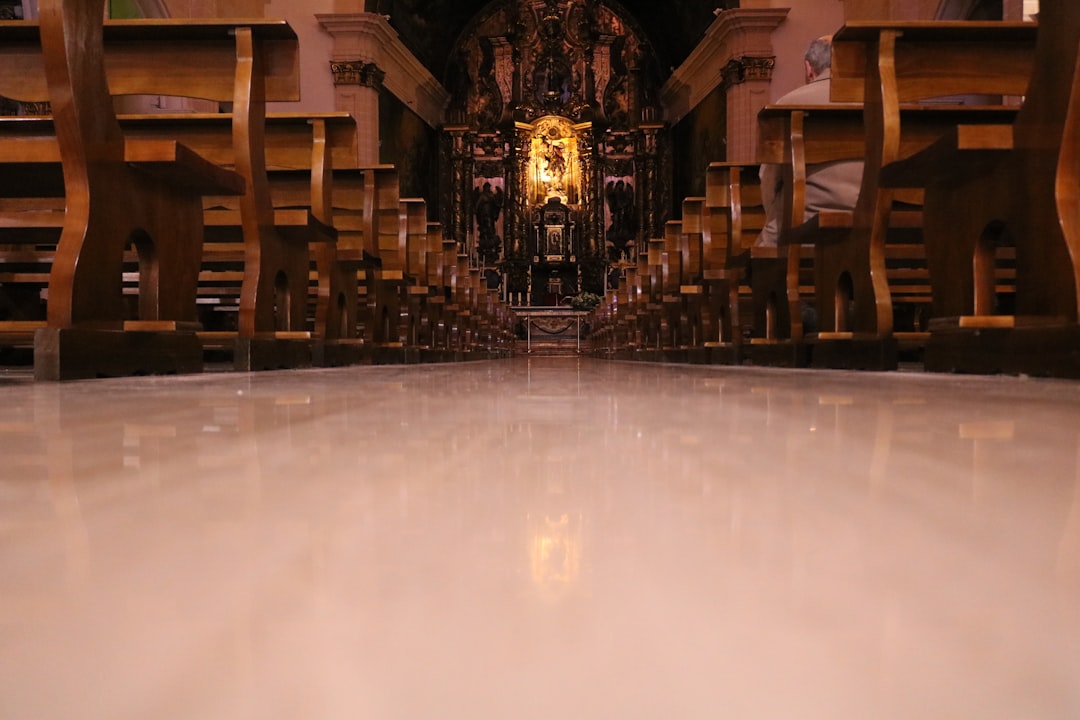
Dance is a beautiful art form that allows individuals to express themselves creatively while promoting physical fitness and overall well-being. Whether you’re a beginner or an experienced dancer, choosing the right dance class is crucial to your learning and enjoyment. With so many styles and studios to choose from, it’s important to consider several factors before committing to a dance class. In this article, we will explore key aspects to consider when selecting a dance class that suits your needs and goals.
Dance Style:
The first consideration when choosing a dance class is the style of dance you wish to learn. Dance encompasses various genres such as ballet, jazz, hip-hop, contemporary, tap, and more. Each style has its own unique techniques, music, and movement vocabulary. Consider your interests, strengths, and what you hope to achieve through dance to determine which style aligns with your goals.
Instructor’s Expertise:
The expertise and qualifications of the dance instructor greatly influence the quality of your learning experience. Research the instructor’s background, training, and experience in the particular dance style you’re interested in. A knowledgeable and skilled instructor will not only teach you proper techniques but also inspire and guide you throughout your dance journey.
Class Level and Progression:
Evaluate your skill level and choose a dance class that corresponds to your abilities. Many dance classes offer different levels, such as beginner, intermediate, and advanced. Starting at an appropriate level will help you build a strong foundation and progress effectively. Additionally, inquire about the progression structure within the dance school. A well-structured curriculum that allows for gradual advancement can provide a clear path for growth and development.
Class Size and Environment:
Consider the class size and environment when selecting a dance class. Smaller class sizes often allow for more personalized attention from the instructor, enabling better feedback and corrections. On the other hand, larger classes can provide a more social atmosphere and opportunities to learn from fellow dancers. Determine which environment you thrive in and choose a class accordingly.
Facilities and Location:
The location and facilities of the dance studio should also be taken into account. Choose a studio that is easily accessible and convenient for you to attend regularly. Consider the cleanliness, safety, and condition of the facilities, including dance floors, mirrors, and changing rooms. A well-maintained and equipped studio can significantly enhance your learning experience.
Class Schedule and Duration:
Evaluate the class schedule and duration to ensure it aligns with your availability and commitments. Consider the frequency and length of the classes, as well as any additional rehearsals or performances. It’s important to find a class that fits into your schedule without causing excessive strain or conflicts with other responsibilities.
Cost and Financial Commitment:
Dance classes can vary in cost depending on the style, instructor, and studio. Set a budget and consider the financial commitment required for the chosen class. Factor in additional expenses like costumes, shoes, and potential performance fees. While it’s essential to find a class within your budget, prioritize the quality of instruction and the value you’ll receive over cost alone.
Conclusion:
Choosing the right dance class can greatly impact your dance journey and overall satisfaction with the art form. By considering the dance style, instructor’s expertise, class level and progression, class size and environment, facilities and location, class schedule and duration, and cost, you can make an informed decision that aligns with your goals, abilities, and personal preferences. Remember that the most important aspect is finding a class that brings you joy, challenges you to grow, and allows you to express yourself through the beauty of dance.